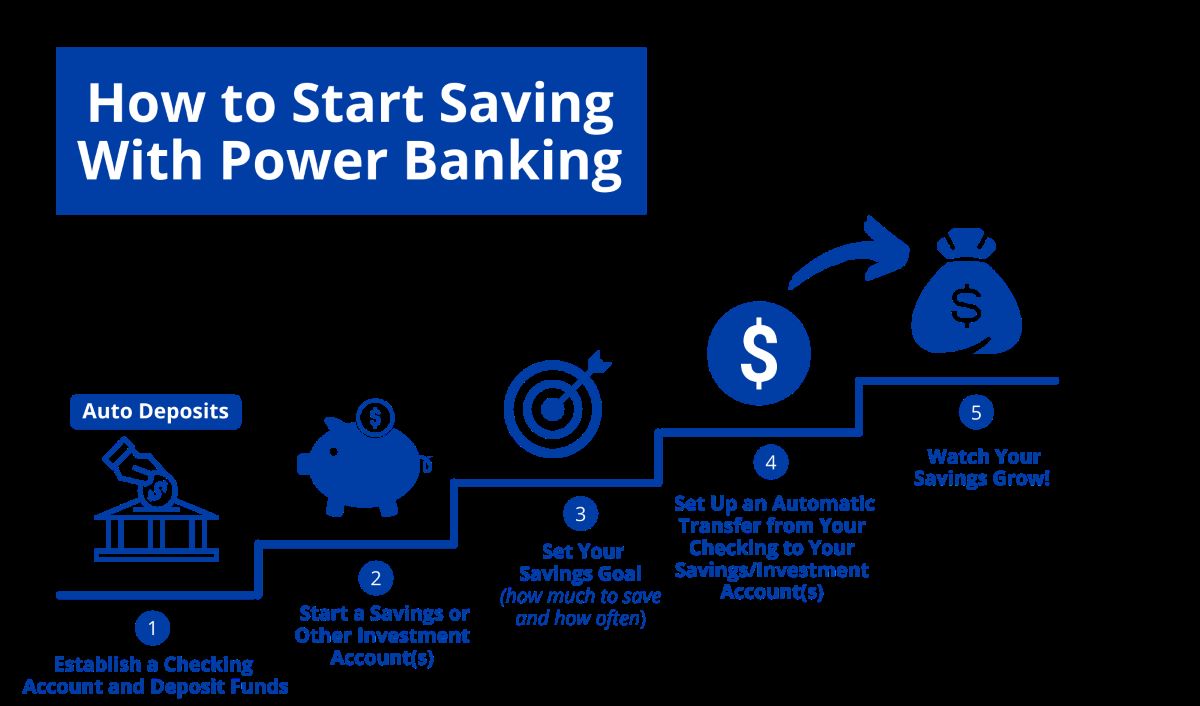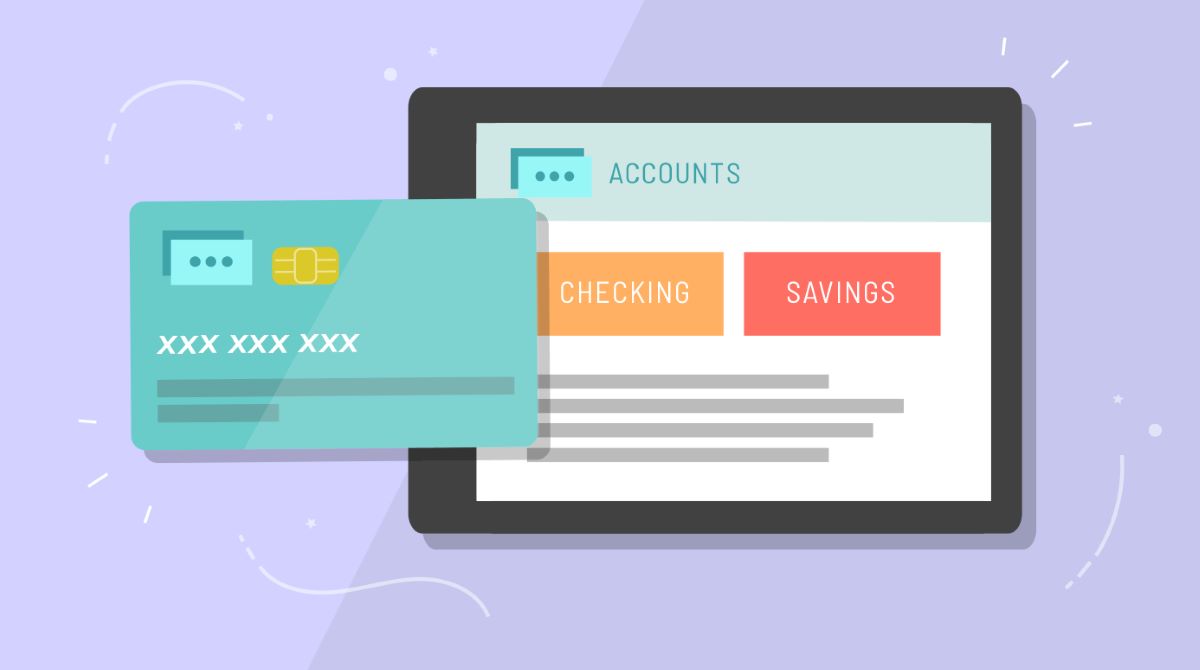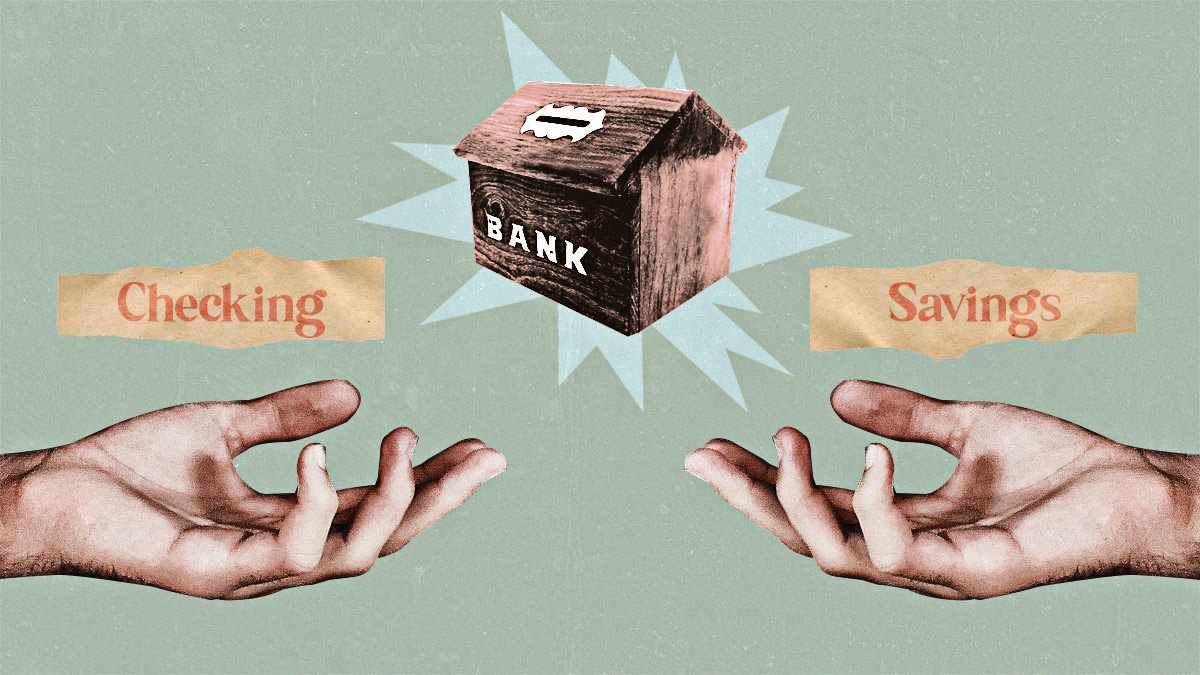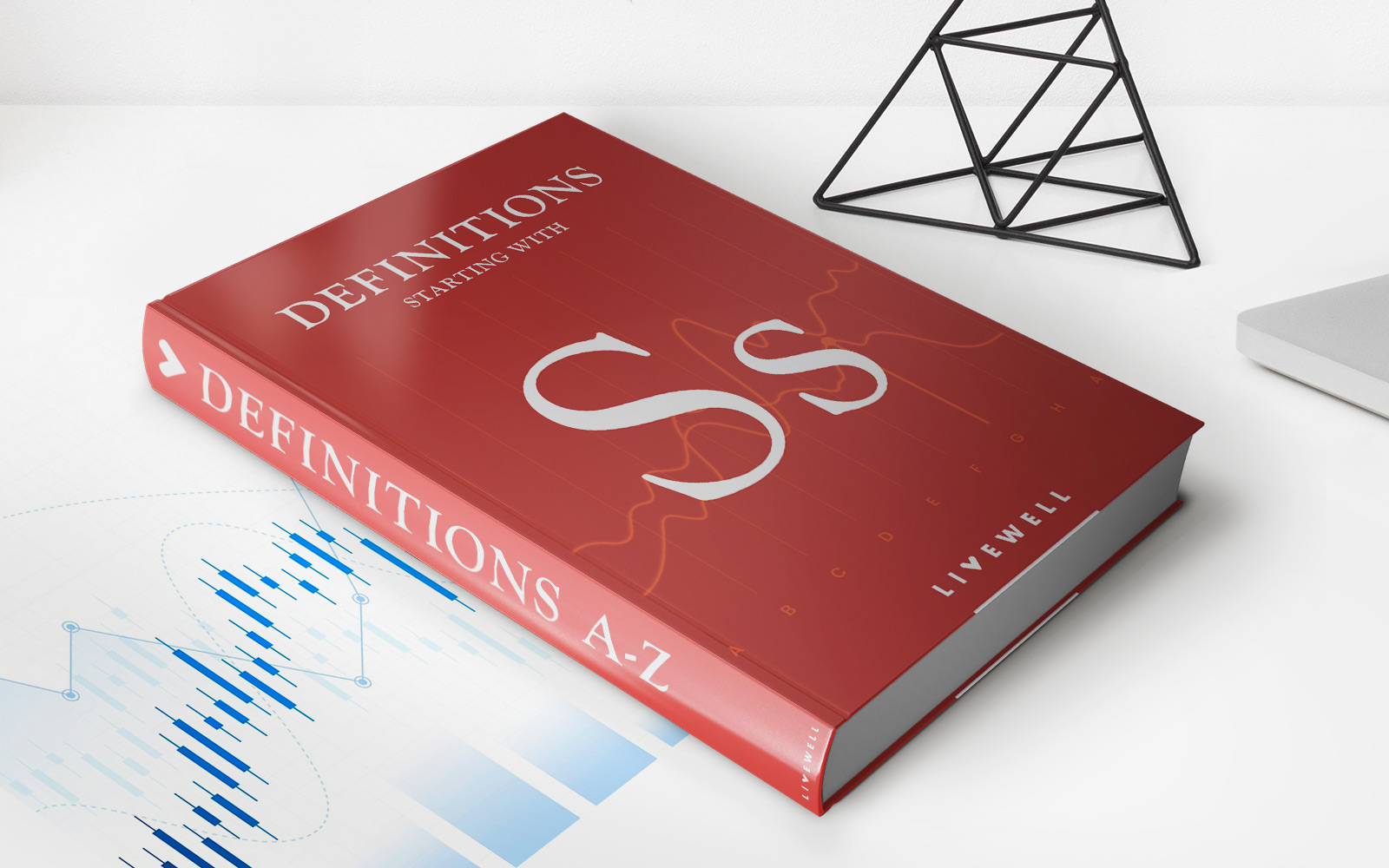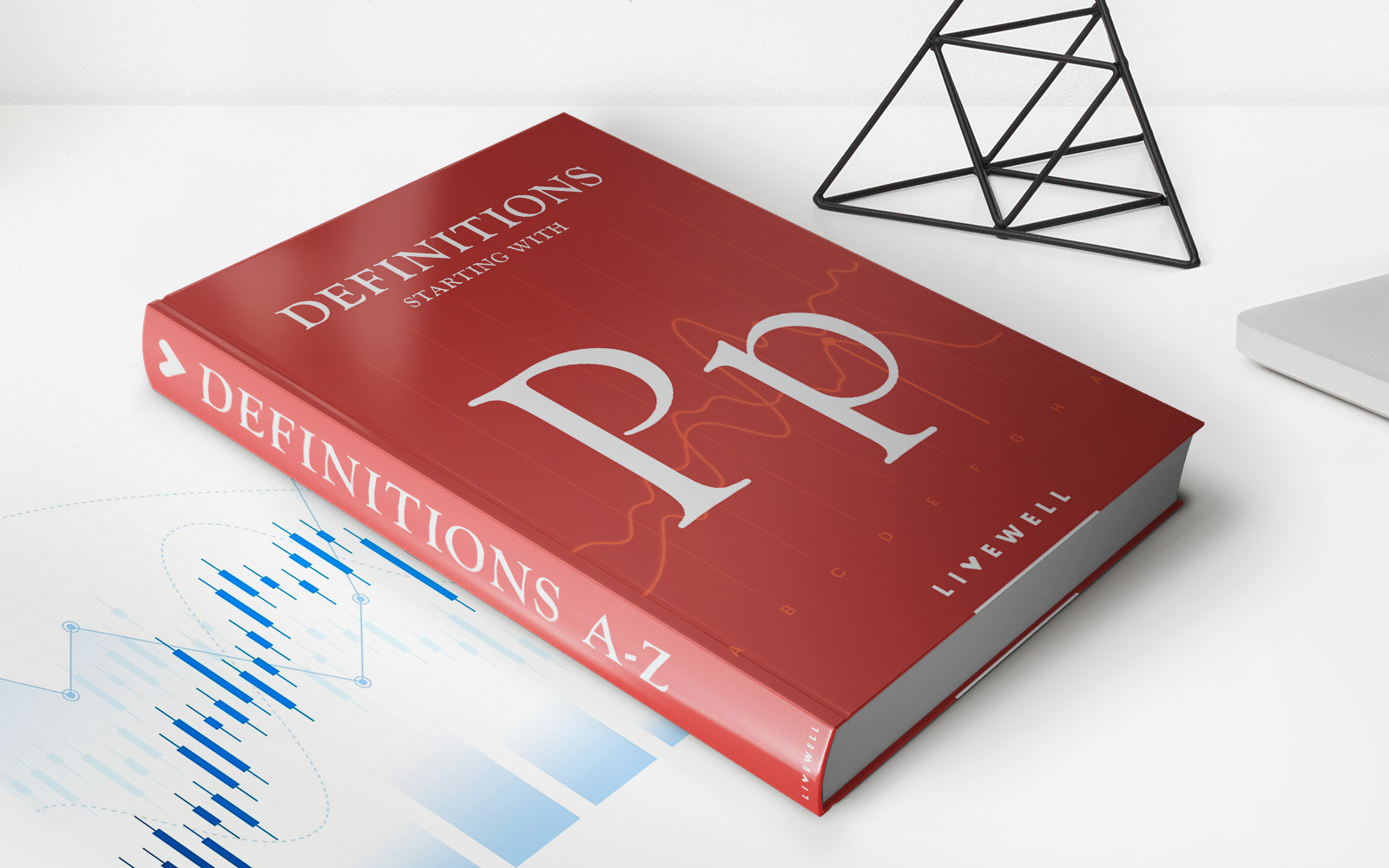Home>Finance>What Is The Most Difficult Step In Reconciling A Checking Account?
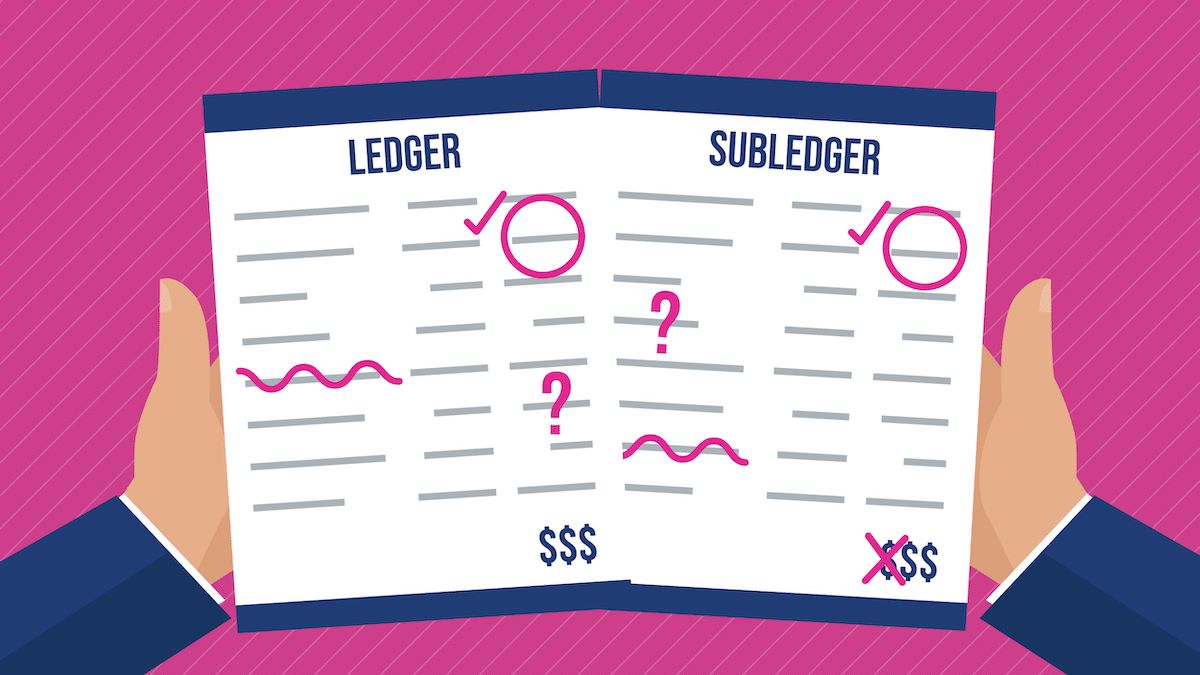

Finance
What Is The Most Difficult Step In Reconciling A Checking Account?
Published: October 28, 2023
Discover the most challenging part of reconciling a checking account and gain valuable insights in finance.
(Many of the links in this article redirect to a specific reviewed product. Your purchase of these products through affiliate links helps to generate commission for LiveWell, at no extra cost. Learn more)
Table of Contents
Introduction
Reconciling a checking account is a crucial financial practice that ensures the accuracy of your banking records. Whether you’re managing your personal finances or handling accounts for a business, reconciling a checking account can help you identify any discrepancies, errors, or fraudulent activities.
When you receive your monthly bank statement, it’s essential to compare it with your own records and make sure that all transactions are accounted for. This process is known as bank reconciliation. While reconciling a checking account may seem straightforward, it can pose several challenges, with one step often proving to be the most difficult.
In this article, we will explore the process of reconciling a checking account and delve into the factors that make it challenging. We will also identify the most difficult step in this process and provide strategies to overcome it effectively.
By understanding the complexities of reconciling a checking account and learning how to tackle the difficult step, you can ensure the accuracy of your financial records and maintain control over your finances.
Understanding Reconciling a Checking Account
Reconciling a checking account involves comparing your own records of transactions, such as deposits, withdrawals, and payments, with the information provided by your bank on the monthly statement. The aim is to identify any discrepancies and ensure that your records match those of the bank.
To begin the reconciliation process, gather your bank statement, checkbook, and any other relevant records or receipts. Start by comparing the opening and ending balances on your statement with those in your checkbook. The next step is to meticulously go through each transaction listed on the bank statement and compare it with your own records.
During this process, it’s crucial to pay attention to any discrepancies between your records and those of the bank. Common discrepancies include missing or duplicated transactions, errors in recording amounts, and unauthorized charges. By identifying these discrepancies, you can take the necessary steps to resolve them and ensure the accuracy of your financial records.
Reconciliation also involves accounting for outstanding checks and deposits. Outstanding checks are checks you have issued but have not yet been cashed or processed by the bank. Similarly, outstanding deposits are payments you have made or received that have not yet been credited to your account. It’s important to reconcile these outstanding items to ensure your records accurately reflect your current account balance.
Once you have compared all transactions and resolved any discrepancies, you should be left with a balanced account. This means that the ending balance on your statement matches the balance in your checkbook, taking into account any outstanding checks or deposits. A balanced account provides peace of mind and ensures that your financial records are accurate and up-to-date.
Now that we have a basic understanding of the reconciliation process, let’s explore why it is essential and the challenges it can present.
The Importance of Reconciling a Checking Account
Reconciling a checking account is a crucial financial practice that should not be overlooked. It serves several important purposes and offers numerous benefits, both for individuals and businesses. Let’s explore why reconciling a checking account is so important:
1. Accuracy of Financial Records: Reconciling a checking account ensures that your financial records are accurate and up-to-date. It helps you catch any errors, discrepancies, or fraudulent transactions, maintaining the integrity of your financial data.
2. Identifying Unauthorized Activities: Reconciliation allows you to spot any unauthorized activities in your account, such as fraudulent charges or unauthorized withdrawals. By comparing your own records with the bank statement, you can quickly identify any suspicious transactions and take appropriate action.
3. Preventing Overdrawing: Regularly reconciling your checking account helps prevent overdrawing, which occurs when you make transactions without sufficient funds. By keeping track of your account balance and outstanding checks, you can avoid fees, penalties, and the inconvenience of bouncing checks.
4. Managing Cash Flow: Reconciliation provides valuable insights into your cash flow. By reviewing and categorizing your transactions, you can identify areas of excessive spending, find opportunities to save, and make informed financial decisions.
5. Maintaining Financial Health: Reconciling a checking account is an essential part of maintaining your financial well-being. It allows you to monitor your income and expenses, track your financial goals, and take control of your finances.
6. Strengthening Internal Controls: For businesses, reconciling checking accounts is crucial for internal control purposes. It helps detect and prevent errors, identify potential fraud, and ensure that all financial transactions are accurately recorded.
7. Building Trust: By reconciling your checking account regularly, you can build trust with your bank and other financial institutions. It demonstrates your commitment to accuracy, financial responsibility, and compliance with banking regulations.
In summary, reconciling a checking account is crucial for maintaining accurate financial records, identifying unauthorized activities, preventing overdrawing, managing cash flow, maintaining financial health, strengthening internal controls, and building trust. It is a vital practice that should be incorporated into your financial routine to ensure a solid foundation for your personal or business finances.
Common Challenges in Reconciling a Checking Account
Although reconciling a checking account is an important financial practice, it is not without its challenges. Let’s explore some of the common hurdles that individuals and businesses may encounter when reconciling their checking accounts:
1. Missing or Incomplete Records: One of the most common challenges is having missing or incomplete records. This could happen if you forget to record a transaction in your checkbook or fail to keep track of receipts and invoices. Without accurate records, it becomes challenging to reconcile your checking account effectively.
2. Unclear Transaction Descriptions: Some bank statements may have unclear or vague descriptions for transactions, making it difficult to match them with the corresponding entries in your records. This can lead to confusion and errors during the reconciliation process.
3. Timing Differences: Timing differences between when you record a transaction and when the bank processes it can cause discrepancies during reconciliation. For example, if you make a payment on the last day of the month but the bank processes it in the following month, it can result in an imbalance between your records and the bank statement.
4. Outstanding Checks and Deposits: Managing outstanding checks and deposits can be challenging. Keeping track of checks that have not been cashed or deposits that have not been credited to your account requires careful monitoring and organization. Failure to account for these outstanding items can result in discrepancies during reconciliation.
5. Bank Errors and Charges: Banks are not immune to mistakes. It is possible for them to make errors, such as recording incorrect amounts or charging fees erroneously. These errors can complicate the reconciliation process and require additional communication and documentation to resolve.
6. Recurring Transactions and Automatic Payments: Recurring transactions, such as monthly bills or automatic payments, can create challenges in reconciliation. It’s important to ensure that these transactions are recorded accurately and matched with the corresponding entries in your bank statement.
7. Lack of Financial Literacy: A lack of understanding of financial terminology and processes can make reconciling a checking account more difficult. It’s essential to familiarize yourself with financial terms and concepts to effectively reconcile your checking account.
8. Time-consuming Process: Reconciling a checking account can be a time-consuming task, especially for businesses with a high volume of transactions. Finding the time and resources to dedicate to the process can be a challenge, leading to delays in reconciliation and potentially inaccurate financial records.
Despite these challenges, it’s important to remember that reconciling a checking account is an essential practice. By being aware of the common hurdles and implementing strategies to overcome them, you can ensure the accuracy and integrity of your financial records. The next section will identify the most difficult step in reconciling a checking account and explore the factors that contribute to its difficulty.
Identification of the Most Difficult Step
While each step in reconciling a checking account presents its own challenges, one particular step tends to be more difficult than the rest. The most difficult step in the reconciliation process is often the matching and categorization of transactions.
Matching transactions involves comparing the transactions listed on your bank statement with those in your own records, such as your checkbook or accounting software. This process ensures that each transaction is accurately accounted for and helps identify any discrepancies or errors.
Matching transactions can be challenging for several reasons:
1. Vague Descriptions: Bank statements often provide limited details for each transaction, making it challenging to match them with the corresponding entries in your records. Descriptions may lack specific information or use generic terms, requiring additional effort to accurately categorize each transaction.
2. Multiple Payment Methods: In today’s digital era, we have multiple ways of making payments, such as checks, debit cards, credit cards, and online transfers. Each payment method has its own transaction record, and reconciling these different records can be time-consuming and prone to errors.
3. Recurring and Automated Transactions: Recurring payments and automated transactions, such as monthly bills or subscription renewals, can complicate the matching process. Ensuring that these transactions are accurately accounted for and matched correctly with the corresponding entries in your bank statement can be challenging, especially if the amounts or timing vary slightly.
4. Outstanding Transactions: Outstanding transactions, such as checks that have not been cashed or deposits that have not yet been credited, add another layer of complexity to the matching process. Keeping track of these outstanding items and ensuring they are accurately reflected in your records can be difficult, especially when dealing with a large volume of transactions.
5. Human Error: Mistakes happen, and human error can occur when recording transactions. It is common to miss a transaction or record an incorrect amount, which can lead to discrepancies during the matching process. Thoroughly reviewing and double-checking your records is essential to minimize errors.
6. Complex Account Structures: For businesses with multiple bank accounts or complex financial structures, reconciling transactions becomes more challenging. It requires meticulous organization and attention to detail to ensure that transactions are assigned to the correct accounts and accurately matched with the bank statement.
Identifying the most difficult step in reconciling a checking account allows you to focus your efforts and develop strategies to overcome the challenges. In the next section, we will explore the factors that contribute to the difficulty of this step and provide strategies for overcoming them effectively.
Factors Contributing to the Difficulty
Several factors contribute to the difficulty of matching and categorizing transactions during the reconciliation process. Understanding these factors can help you better navigate the challenges and develop effective strategies for a smoother and more accurate checking account reconciliation. Here are the key factors that contribute to the difficulty:
1. Transaction Volume: The larger the number of transactions you have, the more time-consuming and complex the matching process becomes. High transaction volumes can increase the chances of errors and discrepancies, requiring thorough attention to detail and organization.
2. Transaction Variations: Transactions can vary in terms of amounts, payment methods, and timing. Differentiating between similar transactions and accurately matching them with the corresponding entries in your bank statement can present challenges and potential errors.
3. Lack of Clear Documentation: Inadequate documentation or incomplete records make it difficult to match transactions accurately. Missing or vague descriptions, lack of receipts or invoices, and incomplete information create ambiguity and require additional investigation and verification.
4. Recurring Payments and Automatic Transfers: Recurring payments and automated transfers can complicate the matching process. These transactions often have fixed amounts or variable timing, making it challenging to reconcile them accurately and match them with the bank statement.
5. Data Entry Errors: Human error in recording transactions can introduce discrepancies during the matching process. Mistakenly inputting incorrect amounts, misplacing decimal points, or omitting transactions can lead to inaccurate matches and require backtracking to identify and rectify errors.
6. Bank Statement Revisions: Occasionally, banks may revise or update transaction details on a statement. This can result in discrepancies that require careful review and adjustment to ensure accurate matching and reconciliation.
7. Bank Fees and Charges: Bank fees, service charges, and other expenses may be present on the bank statement, and they need to be accounted for and properly categorized. Differentiating between legitimate expenses and potential errors or unrecognized charges can be a challenge, especially when the descriptions are not explicit.
8. Multiple Accounts or Entities: For businesses with multiple accounts or entities, matching transactions across various accounts can be complex. Keeping track of inter-account transfers and ensuring that transactions are allocated correctly to their respective accounts adds another layer of difficulty.
Understanding these factors that contribute to the difficulty of matching and categorizing transactions in the reconciliation process allows you to develop strategies to overcome them effectively. In the next section, we will explore some useful strategies for tackling the most challenging aspects of reconciling a checking account.
Strategies for Overcoming the Difficult Step
While the matching and categorization of transactions can pose challenges during the reconciliation process, there are several strategies you can employ to overcome these difficulties. By implementing these strategies, you can enhance the accuracy and efficiency of your checking account reconciliation. Here are some effective strategies to consider:
1. Maintain Accurate and Detailed Records: To facilitate the matching process, ensure that your records are complete, up-to-date, and well-organized. Record transactions promptly, include all relevant details, and retain supporting documentation such as receipts and invoices.
2. Use Clear and Consistent Descriptions: When recording transactions, use clear and consistent descriptions that align with the information provided on the bank statement. This makes it easier to match transactions accurately during the reconciliation process.
3. Utilize Accounting Software: Consider using accounting software or personal finance apps that can automatically match transactions based on their amounts and dates. These tools can significantly streamline and simplify the reconciliation process, reducing the likelihood of errors.
4. Regularly Reconcile Your Accounts: Performing regular reconciliations, such as monthly or quarterly, helps to prevent the accumulation of a large number of transactions. This makes the matching process more manageable and less time-consuming.
5. Reconcile Outstanding Transactions: Pay close attention to outstanding checks and deposits that have not yet cleared. Regularly follow up on outstanding items to ensure they are accurately reflected in your records and matched correctly during reconciliation.
6. Review and Verify Transactions: Take the time to review each transaction carefully, ensuring accuracy in amounts, dates, and categorization. Double-check your records against bank statements and investigate any discrepancies promptly.
7. Seek Clarification from the Bank: If you encounter unclear or vague transaction descriptions on your bank statement, don’t hesitate to reach out to your bank for clarification. Clearing up any confusion about transaction details can assist you in accurately matching them with your records.
8. Perform Regular Audits: Conduct periodic audits of your financial records to identify any potential errors, discrepancies, or areas for improvement. This proactive approach can help you catch and rectify issues early on, minimizing the difficulties you may encounter during reconciliation.
9. Stay Updated on Banking Regulations: Familiarize yourself with banking regulations, including any changes or updates that may impact the reconciliation process. This knowledge can help you navigate any challenges and ensure compliance with regulatory requirements.
10. Consult with Financial Professionals: If you are managing complex accounts or encountering persistent challenges during reconciliation, consider seeking guidance from financial professionals. They can provide expertise and offer tailored solutions to address your specific needs.
Implementing these strategies can help simplify the most difficult step in reconciling a checking account. By improving the accuracy and efficiency of the matching and categorization process, you can maintain reliable financial records and ensure the integrity of your checking account.
Conclusion
Reconciling a checking account is an essential financial practice that ensures the accuracy of your banking records. It helps identify discrepancies, errors, and fraudulent activities, allowing you to maintain control over your finances and make informed financial decisions. While the reconciliation process may present challenges, particularly in the matching and categorization of transactions, implementing effective strategies can help overcome these difficulties.
By maintaining accurate and detailed records, utilizing accounting software, and regularly reconciling your accounts, you can streamline the reconciliation process and minimize the likelihood of errors. Additionally, reviewing and verifying transactions, reconciling outstanding items, and seeking clarification from the bank when needed, contribute to the accuracy and integrity of the reconciliation process.
It’s important to stay updated on banking regulations and consult with financial professionals when managing complex accounts or facing persistent challenges. These professionals can offer guidance and tailored solutions to ensure efficient and accurate reconciliations.
Ultimately, reconciling a checking account is crucial for maintaining the accuracy of your financial records, detecting unauthorized activities, and managing your cash flow effectively. With a thorough understanding of the process and the implementation of effective strategies, you can tackle the most difficult steps in reconciling a checking account with confidence, ensuring the financial health and stability of your personal or business finances.




